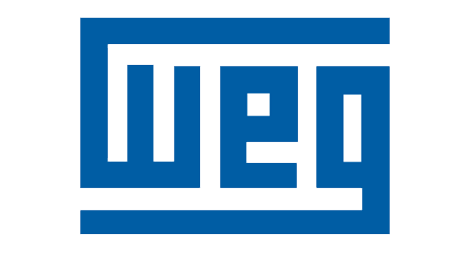WEG – WEG buys industrial electric motors and generators businesses from Regal Rexnord
With revenue of R$2.8 billion, the acquisition aims to support WEG’s growth in the motor and generator markets globally.
WEG SA (B3: WEGE3 / OTC: WEGZY) announced today, through its indirect subsidiaries abroad, the acquisition of the industrial electric motors and generators businesses of Regal Rexnord Corporation, a global manufacturer of electromechanical equipment. The acquisition value is US$400.0 million, subject to price adjustments common to this type of operation.
This transaction focuses on the industrial electric motors and generators business of the Marathon, Cemp and Rotor brands of the Industrial Systems operating segment of Regal Rexnord, a company based in the United States and listed on the New York Stock Exchange (NYSE: RRX). WEG will also integrate a team of approximately 2,800 employees who operate in 10 factories, located in seven countries (United States, Mexico, China, India, Italy, Netherlands and Canada) and commercial branches in 11 countries. The net operating revenue of these businesses in 2022 was approximately R$2.8 billion (US$541.5 million), with an adjusted EBITDA margin of 9.5%.
According to the President of WEG, Harry Schmelzer Jr., this acquisition is aligned with the strategy of continuous and sustainable growth, international expansion and diversification of the WEG Group’s industrial operations.
“ The geographic distribution of these operations are complementary to WEG’s current presence and will help in achieving greater scale and efficiency in reducing costs as we integrate new operations into existing ones. With a long history in the market and global presence, this acquisition will support the continued growth of the WEG Group in the industrial electric motor and generator markets, through the incorporation of recognized brands and a line of products complementary to the Group’s current portfolio .
The completion of the transaction is subject to the fulfillment of certain precedent conditions, including the necessary regulatory approvals relating to the transaction.
SourceWEG
EMR Analysis
More information on WEG: See the full profile on EMR Executive Services
More information on Harry Schmelzer Jr. (Executive President, WEG): See the full profile on EMR Executive Services
More information on Regal Rexnord Corporation: https://www.regalrexnord.com/ + Regal Rexnord Corporation, with pro forma 2022 revenue of $7.1 Billion and 36,000 associates, is a global leader in the engineering and manufacturing of factory automation sub-systems, industrial powertrain solutions, automation and mechanical power transmission components, electric motors and electronic controls, air moving products, and specialty electrical components and systems, serving customers around the world. Through longstanding technology leadership and an intentional focus on producing more energy-efficient products and systems, Regal Rexnord helps create a better tomorrow – for its customers and for the planet.
Regal Rexnord is comprised of four operating segments: Automation & Motion Control, Industrial Powertrain Solutions, Power Efficiency Solutions and Industrial Systems. Regal Rexnord is headquartered in Milwaukee, Wisconsin and has manufacturing, sales, and service facilities worldwide.
More information on Louis V. Pinkham (Chief Executive Officer, Regal Rexnord Corporation): https://www.regalrexnord.com/about-regal-rexnord/our-company/leadership + https://www.linkedin.com/in/louis-pinkham-a185191b5/
EMR Additional Notes:
- Motors, Generator and Drives:
- A motor is the mechanical or electrical device that generates the rotational or linear force used to power a machine. A drive (also often referred to as an electric controller) is the electronic device that harnesses and controls the electrical energy sent to the motor.
- An electric motor converts electricity into mechanical energy, providing a power source for machinery. A generator does the opposite of this, converting mechanical energy into electricity.
- By positioning a drive between the electrical supply and the motor, power is fed into the drive, and the drive then controls and regulates the power that is fed into the motor. This allows control of speed, direction, acceleration, deceleration, torque and, in some applications, position of the motor shaft.


